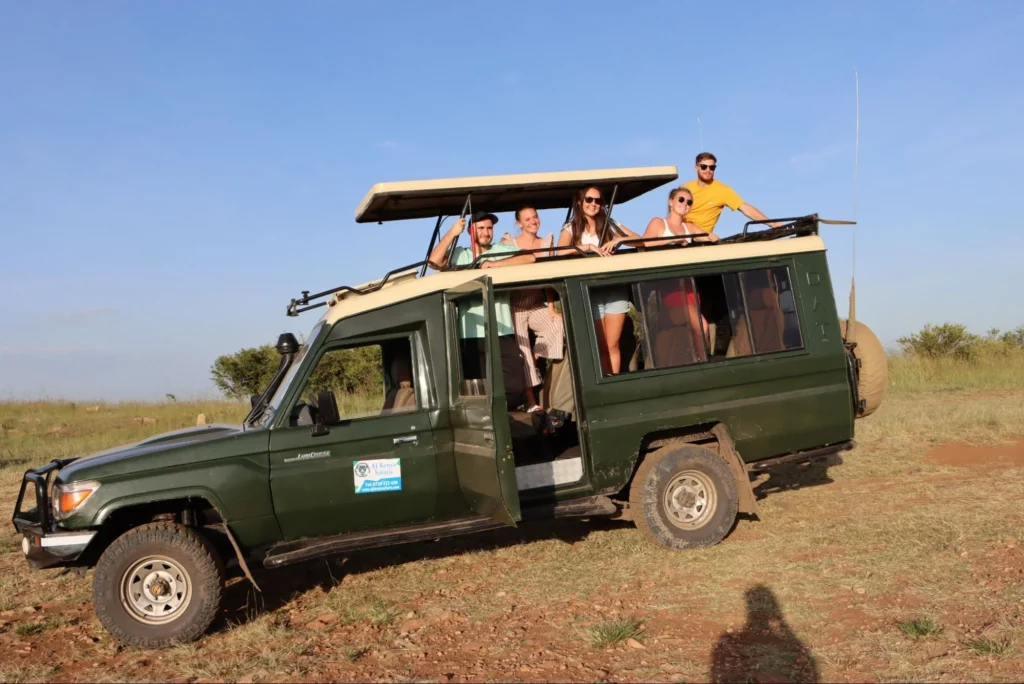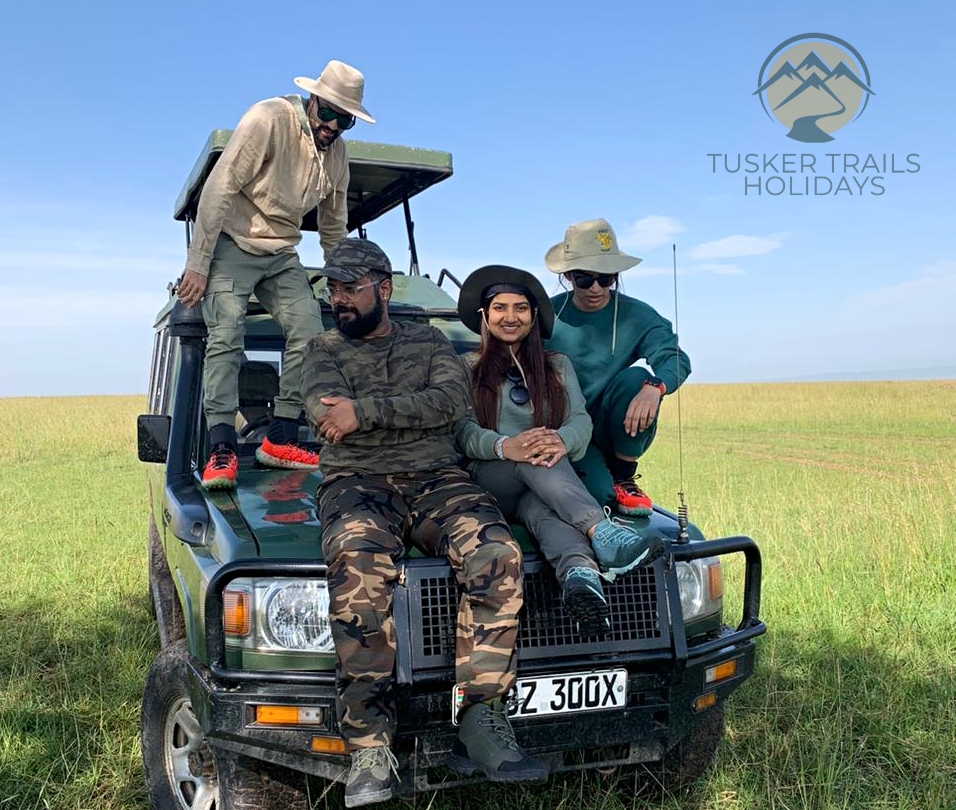Free News To Selecting Devil666 Sites
Wiki Article
What's The Best Way To Get Around Mombasa During Your Vacation?
If you are planning a trip to Mombasa, Kenya, understanding the options for transportation is crucial for a comfortable and pleasant travel experience. Here are the key transport options to take into consideration:
1. Getting to Mombasa
Moi International Airport is the main air terminal serving Mombasa. The airport handles both international and domestic flights. Mombasa can be reached by several major airlines.
Trains: Kenya Railways operates the Madaraka Express, which runs between Nairobi and Mombasa, providing a modern and comfortable train service.
Bus: Many bus companies offer services between and to Mombasa such as Modern Coast and Coast Bus.
2. Local Transportation in Mombasa
Taxis and Ride-Hailing services: Taxis are widely available. Uber and Bolt are two ride-hailing companies which operate in Mombasa. They provide convenient methods of getting around.
Three-wheeled vehicles, known as tuk-tuks are a cheap and well-known way to move around in the city. These are great for trips of a short duration.
Matatus is a kind of minibus shared by multiple people which follows a specific route. It is the most frequent public transportation. The buses are affordable but packed, and uncomfortable.
Boda-bodas Taxis for motorcycles are accessible for fast and simple transport, especially for short distances and areas with significant traffic.
3. Car Rentals
Self-Drive Car Rental Services are accessible in the city as well as at the Airport. Local and international car rental companies offer a broad selection of cars. Be familiar with the local traffic and driving laws.
Chauffeur-driven services are available for those who don't want to drive.
4. Ferry Services
Likoni ferry: This ferry links Mombasa island with the southern part of the city on the mainland. It is essential to access the beaches of the southern part of the city and is a no-cost service for pedestrians. Vehicles will be subject to a charge.
5. Day Trips and Excursions
Tour Operators: Many tour operators organize excursions to popular destinations such as Mombasa Marine National Park (Fort Jesus) and the beaches nearby, such as Diani or Nyali. The tours typically include transportation.
Public Transport: Travelers who are not independent can use a combination matatus taxis and tuktuks to a variety of places.
6. Walking and cycling
Bicycle Rentals - Certain areas, including along the coastline, offer bicycle rental services to explore the area at leisure.
Walking: In certain areas of Mombasa (especially the Old Town area and the beaches) it is possible to walk.
7. Travel Tips
Safety: Always choose trustworthy taxi companies and avoid public transportation late at evening. Make sure you are aware of your personal belongings.
Negotiation: For taxis as well as taxis, you should negotiate the price before you begin your journey, as meters aren't widely utilized.
Traffic: Expect heavy traffic, particularly around the Likoni Ferry or central business district.
Understanding these options and making the right choices will ensure you enjoy a the most relaxing holiday ever in Mombasa. Take a look at the best kenya day tours for blog advice including kenya tours, kenya tours, safari a nairobi, tours safari africa, kenya beach mombasa, kenya tourism, travel tour companies, kenya safari tours, cheap kenya safari packages, kenya africa travel and more.

What Are The Weather Concerns I Should Be Aware Of During My Trip To Mombasa?
Knowing the weather patterns in your area can help you plan your travels in the right way and make the most of your vacation. Here are some important aspects to keep in mind.
1. Climate Overview
Mombasa experiences a tropical weather that is humid and hot throughout the year. Expect warm temperatures and the temperatures are usually between 24degC(75degF), and 32degC(90degF).
2. Seasons
The hot and humid season (November-April) is characterized by high temperatures and humidity. This is the most popular tourist season.
Long rains (April through June) The rainy season can bring heavy rainfall and occasional thunderstorms. The roads can be slippery, making them difficult to navigate. This is the time when there is no tourism.
The coolest season runs between June and October, when temperatures and humidity are the lowest. The weather is generally comfortable and suitable for outdoor sports.
Short Rains: During this time there are less and less intense rain showers. The rains tend to be brief-lived, and then followed with a few sunny days.
3. Packing Tips
Lightweight Clothing: Pack light and breathable clothes like linen and cotton in order to stay cool in the humid weather.
Rain gear: Pack a raincoat, an umbrella and waterproof shoes if traveling in the rainy seasons.
Sun Protection: Sunscreen that has high SPF, a wide-brimmed hat, sunglasses, and clothing that covers your skin will aid in protecting your skin from the harsh sun.
Wear your swimwear to the beach, or the hotel pool.
4. Weather Specific Activities
Beach Time - The best time to go to the beach during cooler weather (June through October) is when the ocean is calm and the weather is good.
Clear and calm water is ideal for diving, snorkeling and other water sports between November and March.
Wildlife viewing: Now that the weather is better and the sun is shining, it's a perfect time to go on safaris or safaris and wildlife tours.
5. Health Concerns
Hydration: Staying healthy is crucial for those living in the hot, humid climate. Take plenty of fluids especially when you are outdoors.
Health-related disorders involving heat: Be aware of the dangers of exhaustion and heatstroke. Pause in shade, wear loose-fitting clothing, and avoid strenuous activities in the heat of summer.
6. Adjustments to Travel
Be prepared for delays if you plan to travel during rainy season. It is possible that roads are not accessible and outdoor activities could be restricted.
Tropical rains are sometimes responsible for flight delays. Be aware of your travel plans and make contingency plans.
7. Environmental Concerns
Natural Hazards - Remember that heavy rains can lead to flooding. Keep yourself informed of the weather and follow local safety advice.
Tide Awareness: Know that tides may vary drastically when making plans for beach activities. Check tide times to ensure that you are safe when beachcombing and swimming.
Knowing what you can expect from the weather in Mombasa You can better organize and plan your trip. Pack safely, and have a safe time. Take a look at the top rated kenya day tours for blog info including mombasa safari packages, mombasa safaris kenya, african safari tours kenya, african safari africa, kenya safaris and tours, travel tours in kenya, tour mombasa, safar kenya, africa and safari, safari a nairobi and more.

What Is My Responsibility As An Environmentalist When I'm On Vacation In Mombasa Kenya?
If you are planning a trip to Mombasa, Kenya, being eco-friendly is essential to preserve the natural beauty and the biodiversity of the region. Think about these environmental obligations:
1. Sustainable Accommodation
Eco-friendly Hotels: Choose hotels that practice sustainability. Seek out eco-labels and certifications, such as Ecotourism Kenya.
Resource Conservation: Take part in hotel initiatives aimed at conserving electricity and water. Reuse linens and towels switch off the lights and air conditioning when in use.
2. Responsible Wildlife Viewing
Respect wildlife: Stay away from them to avoid disturbing. Your guide on your tour will provide you with guidelines.
Don't Feed Animals. This could make them change their diet and behavior.
Leave No Track: Do no litter in wildlife preserves or parks. Be sure to take all trash along and dispose of it in a proper manner.
3. Plastic Reduction
Minimize Plastic Use: Avoid single-use plastics. Keep a reusable cup bag, bag, or utensil.
Encourage Local Initiatives: Join in or support local beach clean-up efforts as well as organizations working to reduce plastic pollution.
4. Water Conservation
Mombasa faces water scarcity problems. Reduce your shower time and turn off the faucets when not in use.
Utilize eco-friendly and biodegradable toiletries: To minimize water pollution make sure you use eco-friendly and biodegradable toiletries.
5. Energy Conservation
Reduce Energy Consumption: Limit the usage of air conditioning, and disconnect electronic devices when they are not being used.
Help support renewable Energy by selecting accommodation and tour companies that utilize renewable energies.
6. Sustainable Transportation
Public Transport: Take advantage of public transportation such as matatus and buses, whenever you can to lower the carbon footprint.
Alternatives to go green: Think about renting bicycles or walking for short distances. There are some places that offer eco-friendly taxis.
7. Local economy support
Support local businesses: Contribute to local businesses by buying food, souvenirs and arts and crafts from local vendors.
Fair Trade: Purchase items that have been certified fair trade to ensure that producers in your region are fairly compensated.
8. Environmental Education
Learn and share: Learn about the local environmental issues and conservation initiatives. Do share what you've learned in order to increase awareness.
Respect local cultures : Be aware of and respect local customs, practices and beliefs related to conservation of the natural environment.
9. Marine Conservation
Responsible Snorkeling & Diving: Avoid touching or stepping directly on coral reefs. Use sunscreen that is reef-safe to protect marine life.
Don't throw waste in the ocean. Participate in marine conservation programs or support them.
10. Ethical Souvenirs
Avoid Wildlife Products. Don't buy products that contain endangered species. For instance, ivory and tortoiseshell.
Sustainable Materials Buy souvenirs made of sustainable or recycled material.
11. Participate in conservation Activities
Volunteering: Participate in local conservation projects or tourism-related initiatives that are based on community.
Donate to local non-governmental organizations. Contribute money or donate to conservation groups and non-governmental organizations working in your region to safeguard the environment.
12. It is a good idea
Group travel is a great way to lessen the environmental impact.
Eco-Tours. Choose tour operators committed to sustainable practices, and adhere to eco-friendly methods.
By keeping these environmental responsibilities in your mind, you will be able to contribute to the preservation of Mombasa's natural resources and make sure that the beauty and biodiversity of the region is preserved for the future. See the top Diani Beach taxi for blog recommendations including kenya safari holiday packages, travel tours in kenya, kenya tours and safaris, tour firms in kenya, trips to kenya safari, safari mombasa kenya, afri safari, beach in mombasa, safari trips in kenya, mombasa packages and more.
